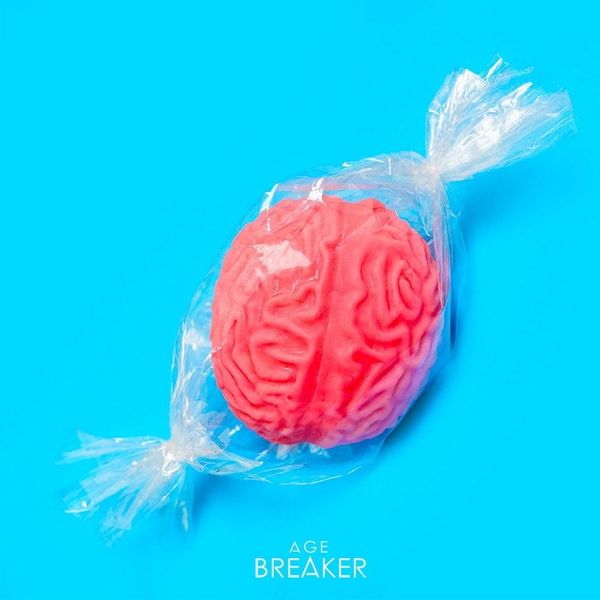Glycation is a marker of aging, at any age and independently of other risk factors.
Glycation, a major cause of aging, is a slow and silent mechanism: with no noticeable effect, it only progresses by around 1% per year. Its effects – accelerated aging and age-related diseases – are rarely visible or measurable until late adulthood, from around 50 years old.
For genetic and behavioral reasons, glycation varies from one subject to another.
A study from 2023 shows that high glycation levels are significantly associated with high levels of aortic stiffness (a marker of vascular aging) in young adults from an average age of 40, independent of cardio-metabolic risk factors (1).
This observation shows that glycation levels are a marker of aging in all populations, irrespective of age and other risks.
The effects of glycation, which are difficult to reverse, are felt decades after their mechanisms have been put in place.
Early management, probably as early as age 30, of glycation-related mechanisms – diet, supplementation, exercise, etc. – should enable better control of aging.
© AGE Breaker updated 01 2024
[Glycation is one of the major causes of aging. Resulting from the fixation of sugars on the proteins constituting the organism, glycation generates toxic compounds that cause cellular aging. Glycation is particularly involved in metabolic disorders, skin aging and cognitive decline.] [AGE BREAKER, patented nutritional supplements, based on rosmarinic acid, recognized by aging specialists around the world for their properties to reverse the effects of glycation.]More on www.agebreaker.com
#agebreaker #glycation #antiaging #longevitymedicine #preventivemedicine #preventivehealth #skinaging #4pmedicine #advancedglycationendproducts
1: A. Jujic et Al. Accumulation of advanced glycation end products in skin and increased vascular ageing in the general population: the Malmö Offspring Study. Journal of Hypertension ():10.1097/HJH.0000000000003627, December 05 2023.
DOI: 10.1097/HJH.0000000000003627









